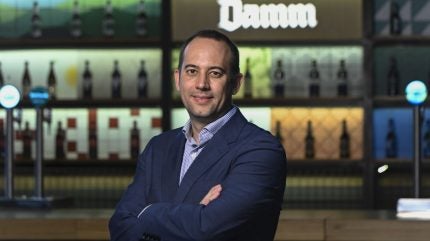
Spanish brewer Damm is no stranger to global trade, with a presence in roughly 130 markets worldwide, marketing a portfolio that includes flagship brand Estrella Damm.
Juan González Gil, the head of Damm’s international business, says brewers need to offer a wider range of products to tap into drinkers’ more diverse needs.

Spanish brewer Damm is no stranger to global trade, with a presence in roughly 130 markets worldwide, marketing a portfolio that includes flagship brand Estrella Damm.